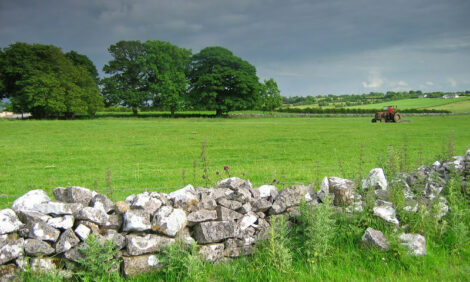



Future Of Dairy Farming In Ireland Is Excellent
IRELAND - Ballyhaise Agricultural College opened its gates to all dairy farmers’ for an Open Day to commence planning for EU quota abolition in 2015.
The function of the Ballyhaise college research is to provide dairy farmers in the region with locally generated research information and system development technology to secure their dairy farming livelihoods.
Irish dairy farming is entering a period of considerable opportunity as EU milk quota abolition will allow dairy farming businesses to expand for the first time in 25 years. The export oriented dairy sector has the potential to contribute significantly to Irish economic recovery in the coming years based on an internationally competitive production system and strong world demand for high quality Irish dairy products.
The immediate challenge for dairy farmers is to plan for farm business expansion in 2015 within the constraints of milk quotas in the intervening years. The longer term challenge will be to expand the dairy farm business within a market environment where there is little supply management, resulting in greater price volatility- albeit around a higher average price.
Research carried out at the Ballyhaise college has shown that the two most critical factors to increased farm profit are to improve the EBI of the herd, with particular emphasis on increasing the fertility sub index and high quality pasture management.
Teagasc Head of Animal and Grassland Research and Innovation, Dr Pat Dillon said: ‘Irish dairy farmers are well respected internationally for their low cost efficient milk production systems and ability to rapidly adopt new technologies to sustain that competitive advantage. Any expansion in the dairy farm business should only be undertaken if it increases profitability and provides a better lifestyle to the farm family. In this environment, only those dairy farmers who fully capitalise on the inherent competitive advantages associated with low cost grass-based seasonal milk production systems will be successful’.
Dr Dillon stressed that “the primary purpose of this event is to encourage farmers to put more emphasis on feed budgeting to extend the grazing season this autumn to allow additional high value autumn milk to be produced from grazed grass and to demonstrate new methods to avoid pasture damage during typically wet grazing conditions in October.”


